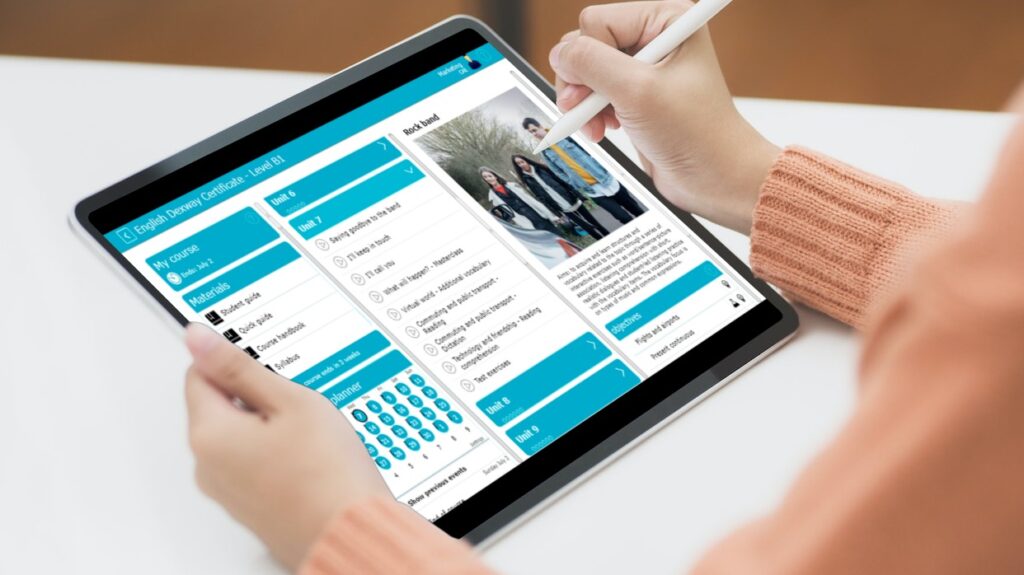As technology grows and develops, teachers and trainers are gaining more and more ways to successfully engage their students. Interactive learning content such as SCORM e-learning content, videos, online quizzes, infographics and forum discussions can be an excellent way to increase the depth of learning and provide students with a method for approaching independent practice. There is a great deal of ongoing research in this area. Academics believe that utilising interactive learning content and techniques as part of the e-learning process could help to make it more effective overall.
Why is interactive learning content so important?
There are a range of different learning styles, but around 65% of people identify as visual learners which means they respond particularly well to multimedia content such as videos, photographs, illustrations, infographics, maps and charts. This type of content can help learners to make sense of text-based e-learning content and will help maintain levels of concentration.
Interactive learning content is also valuable as it can provide opportunities that students wouldn’t otherwise have had. This can include the option to engage in educational debates and discussions with international students, witness groundbreaking announcements in their field, or virtually ‘visit’ places that would otherwise have been geographically inaccessible.
How easy is interactive learning content to do?
Incorporating interactive learning content into the e-learning process can be very simple to do. Any good learning content management system will allow you to host multimedia content for easy access. In most cases students will also be able to upload their own multimedia content to the LMS so that it can be viewed by their peers and course facilitators.
A learning platform that makes it possible for us to create our own courses and not only host them will allow us to include activities that follow active learning strategies. Experts associate active learning with better academic results, as stated on The Impact of Active Learning on Students’ Academic Performance, by the Tuskegee University, Alabama. Moreover, student motivation increases when they see their study has been useful.
Why should you consider creating your own content?
The most important reason to want to create your own online courses is the possibility of creating custom content and printing your personality on them. Having your material centralized, the management of all your educational content is much easier. In this way, it is possible to create personalized training actions and design your own content. You can upload your own videos, links to YouTube, websites of interest or files in different formats.
Another important reason is that with the language e-learning course accessible from tablets and smartphones as support for face-to-face classes, you do not need photocopies or books. The exercises are integrated into the lessons and you can create all the theory for the units, or a host of active practice exercises such as listening or videos, as you wish.
Moreover, take into account that e-learning education is not just individual learning in isolation. It offers connection between students, promoting social, group and collaborative learning through the virtual classroom to express themselves, share doubts and experiences.
What can be done with interactive learning content?
There are very few limits to what can be done with multimedia content.
Here is some inspiration:
- Learning can be supported by adding relevant and interesting images to illustrate each point.
- Automatically generate lesson manuals in PDF format, as well as audiobooks of the lesson, that include all the modifications made by teachers.
- Students can submit video reports and presentations instead of written projects.
- Trainers can provide video lecture content from international experts.
- Webcam streaming and Virtual Classrooms can mean that a class can view relevant events in real time.
- Students can engage in educational discussions with other students from anywhere in the world.
- Video game technology can be used as part of learning role play.
- Students can choose to watch video lectures again and again until they are confident in their understanding. Record your virtual lessons or upload your video lectures.
- Trainers can use mind-mapping software to share an overview of related ideas.
- Identify learning goals and objectives. Link each activity to a specific objective or skill. Students will be able to practise with exercise related to the objectives they want to review.
Interactive learning content can make e-learning resources far more effective. If you’re currently working with a learning management system that doesn’t allow you to easily share this type of SCORM content, why not explore alternative options?





